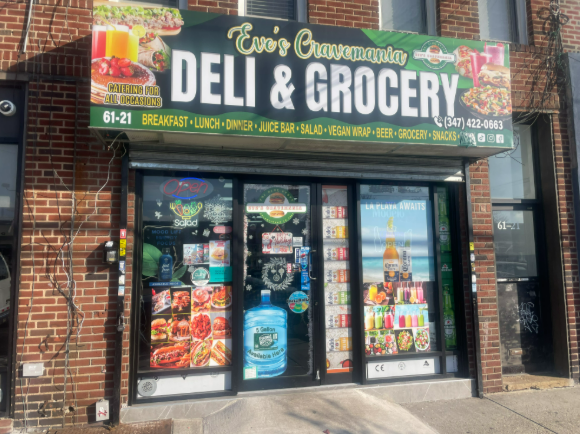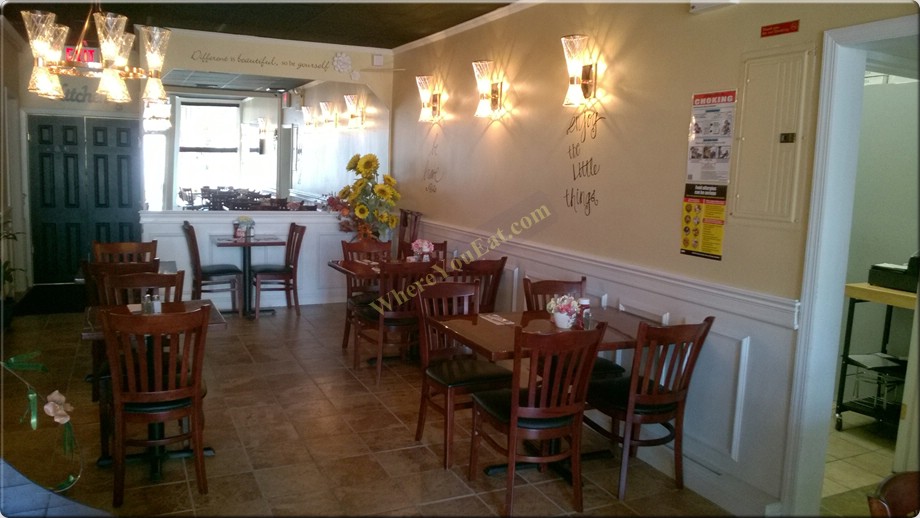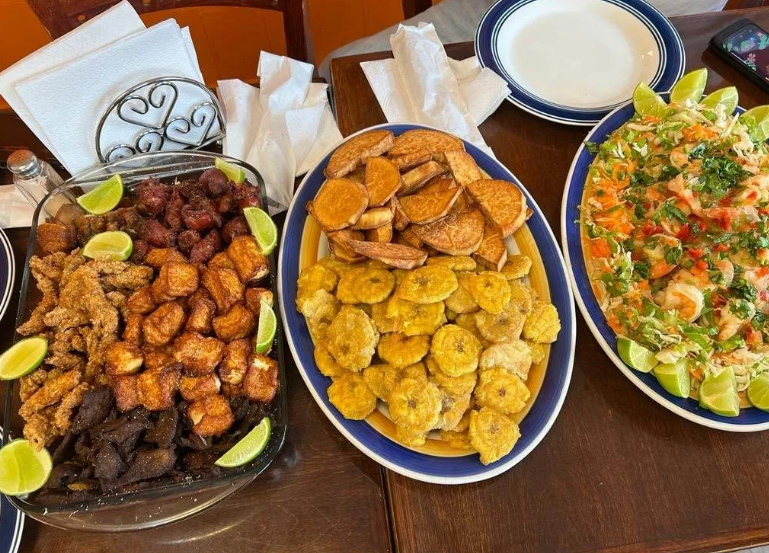Bigger isn't always better, especially with restaurant menus. Recently, many successful spots in NYC and New Jersey have opted for smaller, more focused menus, and the results are impressive.
This isn't about offering less; it's about being smarter. Smaller menus mean better food quality. When kitchens juggle 80-120 menu items, quality can slip. Fewer dishes mean:
- Focused ingredients
Bigger isn’t always better — especially when it comes to restaurant menus.
Over the past few years, many successful restaurants in NYC and New Jersey have quietly moved toward smaller, tighter menus, and the results have been surprisingly positive.
This shift isn’t about offering less value. It’s about running smarter.
Smaller Menus Mean Better Food Quality
When a kitchen tries to manage 80–120 menu items, quality often suffers.
Smaller menus allow restaurants to:
- Focus on fewer ingredients
- Improve consistency
- Reduce prep stress
- Minimize waste
The result? Better flavor, cleaner plates, and happier customers.
Faster Kitchens, Happier Staff
A smaller menu also makes kitchen life easier.
With fewer dishes to manage, kitchens can:
- Train staff more efficiently
- Reduce mistakes during rush hours
- Maintain faster ticket times
- Cut down on burnout
Employees stay longer, service improves, and morale increases.
Less Waste, More Profit
Large menus create expensive problems:
- Ingredients spoil before being used
- Prep labor increases
- Storage becomes chaotic
When menus shrink, restaurants naturally control food cost and reduce waste — which directly protects profit margins.
Customers Actually Prefer Simpler Menus
Many guests don’t want to read a five-page menu.
What they like:
- Clarity
- Strong signature items
- Easy decisions
- Reliable favorites
Smaller menus also make online ordering smoother because customers aren’t overwhelmed with too many options.
How Local Visibility Fits In
When you simplify your menu, visibility matters more, not less.
Restaurants with strong local exposure — especially through tools like WhereYouEat.com — can showcase their best items instead of burying them in long, confusing listings.
It’s about being known for what you do best.
The Bottom Line
Smaller menus aren’t a downgrade — they’re a strategy.
Restaurants that simplify:
- Operate faster
- Waste less
- Train easier
- And make more consistent food
That’s why this shift is becoming the new standard.
- Consistent quality
- Less prep stress
- Minimal waste
The outcome? Tastier dishes, cleaner plates, and happier customers.
A smaller menu also lightens the load for kitchen staff. With fewer dishes, kitchens can:
- Train staff effectively
- Reduce mistakes during busy times
- Speed up service
- Lower burnout rates
Employees are happier and stay longer, which boosts service and morale.
Big menus can create costly issues like spoiled ingredients, increased prep work, and chaotic storage. With a trimmed-down menu, restaurants manage food costs better and cut waste, directly improving profits.
Customers often prefer simpler menus. They enjoy:
- Clear choices
- Strong signature dishes
- Easy decisions
- Reliable favorites
Simpler menus also make online ordering easier, as customers aren't swamped with too many options.
When you simplify your menu, being visible locally is key. Restaurants with strong local presence, especially via tools like WhereYouEat.com, can highlight their best offerings instead of getting lost in long menus.
The bottom line? Smaller menus are not a downgrade; they're a strategy. Restaurants that streamline:
- Operate faster
- Waste less
- Train efficiently
- Serve consistent food
This shift is quickly becoming the new standard.






